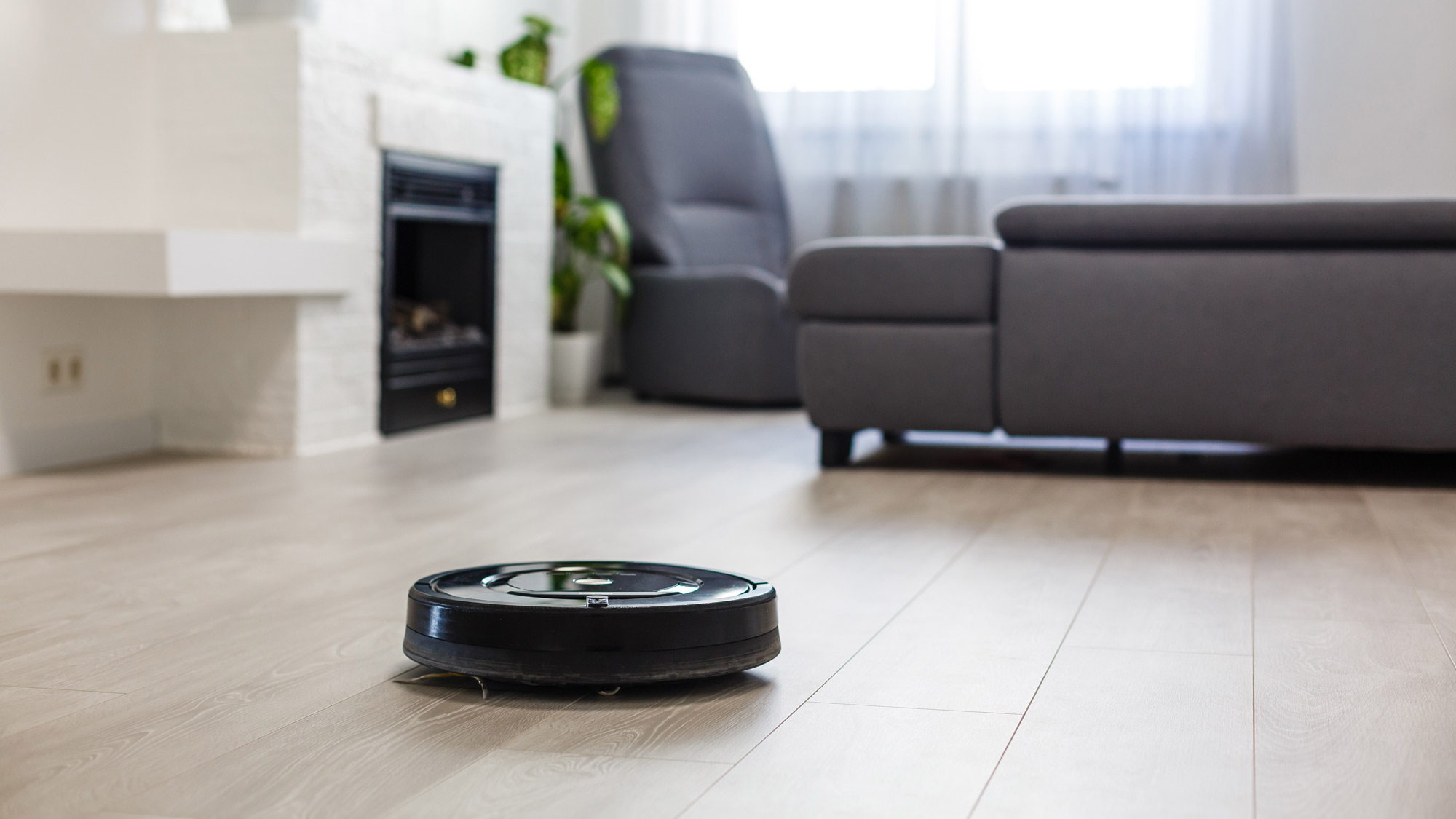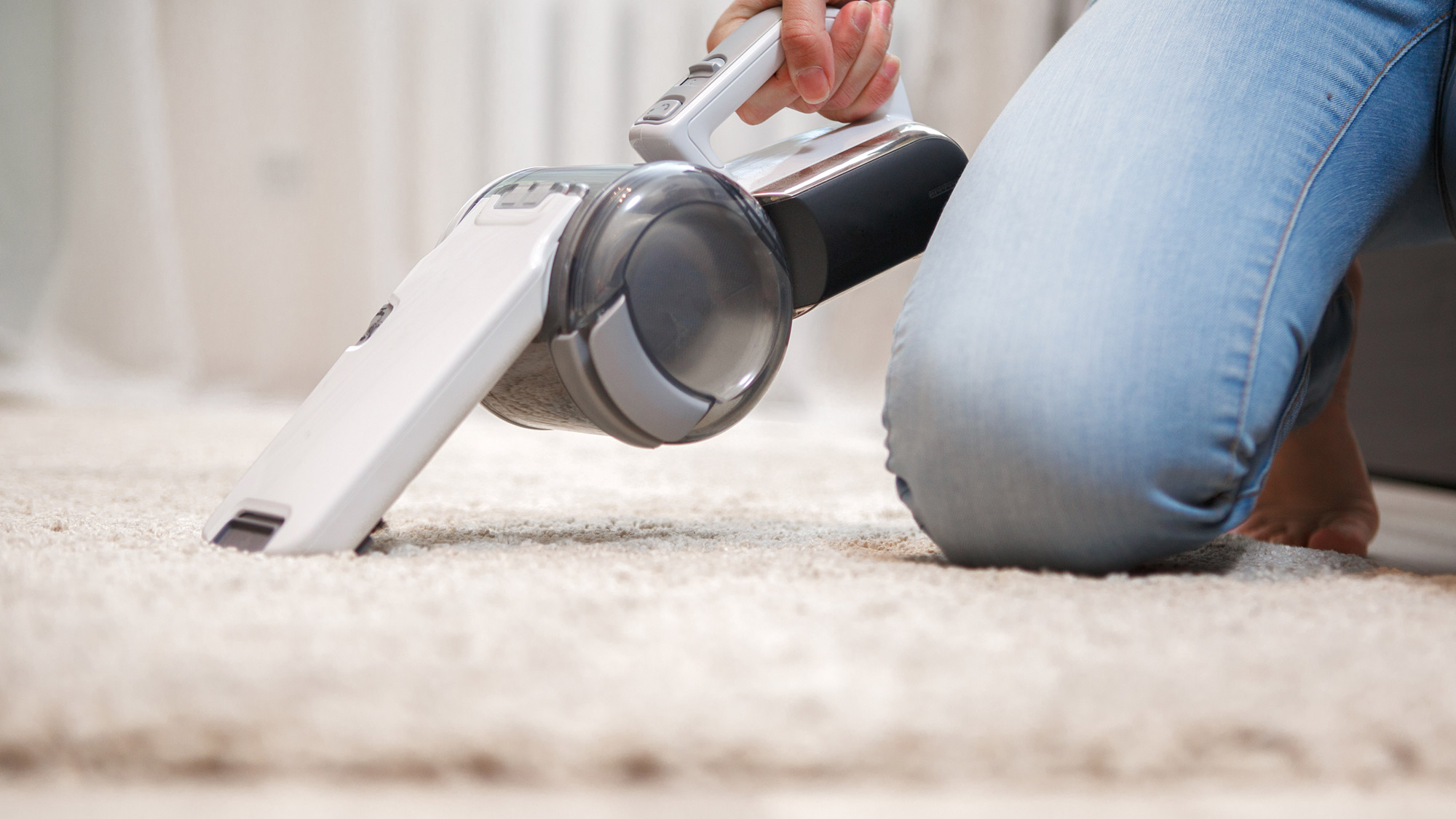Which type of vacuum should I buy?
All the types of vacuums and what they’re good for

Vacuuming is something pretty much all of us have to do but with so many types of vacuums out there, you’d be forgiven for wondering what they all do and if there’s really much difference between them. If you’re on the lookout for one of the best vacuum cleaners or just want to know how each vacuum works, we’ve got you covered.
If you’ve always stuck to a trusty vacuum cleaner style and want to know what else is out there, we’ll be going through every type of vacuum and explaining what’s great about then, and what’s not so good too.
While it’s very likely you’ll have heard of vacuum brand giants such as Dyson and Shark, each type of vacuum actually has a selection of brands that are among the front runners.
There are five main types of vacuum cleaners so here’s everything you need to know about each, including where you can buy the top models from each category.
- Learn how to vacuum like the experts
- Find out how often you should vacuum
- See what we thought of the Roidmi S1E

1. Upright vacuum cleaners
Upright vacuum cleaners are what you might associate with the very first Dyson models. They are one unit that has a floor head, dust bin, and handle. The best upright vacuums normally have attachments that you can use to add onto the hose and reach areas that the floor head of the main vacuum wouldn’t be able to get to.
These types of vacuums have a bulky design which normally makes them heavy but they also have quite large cleaning heads that can clean up wider areas at once. Upright models tend to stand up on their own and because everything is attached as one unit, making them convenient to store in a cupboard.
Upright vacuums won’t be the best choice for everyone as they are heavy, normally have cords, and aren’t as easy to maneuver as some of the other types of vacuums. There are a few cordless uprights, however, and these include the Lupe Pure. When it’s time to empty the dirt from an upright vacuum, it’s normally a very easy (and quick) job because there isn’t a bag involved.
Get daily insight, inspiration and deals in your inbox
Sign up for breaking news, reviews, opinion, top tech deals, and more.
Lots of brands make upright vacuums but some of the highly regarded options include the Shark DuoClean Powered Lift-Away Upright NZ801UKT and the Sebo Felix Wild e Power.

2. Canister vacuum cleaners
Canister vacuums, which are sometimes called cylinder vacuums, consist of a unit that houses the mechanical components and a bag to collect all of the dirt, and a hose with a cleaning wand attached to it. Canister vacuums don’t require you to move the entire vacuum around with each movement as you do with an upright model, because you merely have to move the wand across the floor instead.
The plus side to canister vacuums is that they feel lighter because you’re not moving the whole thing with every movement, but you will need to hold onto the canister when you’re cleaning any stairs. The electric cords also normally retract inside the canister’s shell or wrap around it so that everything is kept tidy.
These types of vacuums normally use bags to collect any dust or dirt that they suck up and emptying these bags can be pretty messy. Many of these dirt bags need to be replaced routinely so there is an additional expense to consider. The other downsides of canister vacuums are that they’re hard to store as they take up quite a bit of room, and pulling them from room to room means it’s very easy to leave marks on door frames or walls.

3. Robot vacuums
Robotic vacuums are quickly becoming a staple choice in lots of homes which is why we’ve rounded up the best robot vacuums. These machines have lasers that can detect where things are in your home and prevents the robot from bashing into your furniture.
Some robot models can be controlled from a phone and you can also set up schedules so that these machines can get to work whenever suits you. The real advantage is that you don’t have to do the vacuuming yourself. Most models will automatically return to their charging dock and some even empty their own dust bins. These dust bins aren’t normally very big, however, so they fill up quite quickly.
The other drawbacks of robot vacuums are that they can’t clean stairs and they’re some of the most expensive models on the market. As with all battery-operated machines, you will need to allow time for a robot vacuum to charge up.

4. Stick vacuums
Stick vacuums, as you’d imagine, are stick-shaped machines that are lightweight and designed to be easy to maneuver around your home. Stick vacuums used to be something that only certain manufacturers made, Dyson is one of them, but now brands like Miele which are renowned for powerful canister vacuums have started bringing out their own stick models - you can see what we thought in our Miele Triflex HX1 Cat & Dog review.
The benefits of stick vacuums are that they are much lighter than an upright model and due to their slim design, they are also easy to store away without taking up too much space. Some of the models are among the best cordless vacuums available and will allow you to move effortlessly from room to room, but of course, you’ll have to allow these to charge and that can be frustrating when you need to clean up a mess quickly.
Stick vacuums normally have small dust bins and some models aren’t as powerful as a canister or upright vacuum, however, options such as the Dyson V11 Outsize have been invented to change that.

5. Handheld vacuums
Handheld vacuums are a great solution for when you need to quickly clean up a small mess without getting a normal-sized vacuum out. They’re designed to be lightweight and suitable for cleaning stairs or cars. Handheld vacuums are also a good choice for craft lovers that normally end up with mess on the floor (or those that have children).
They’re not designed to take the place of a larger vacuum entirely so it’d be unfair to criticize how small they are, however, the dust bins on these types of vacuums are normally very small and will fill up very quickly.
Despite being small, some handheld vacuums actually have wide nozzles that aren’t very good at reaching into small spaces - bear this in mind if you’re looking for a handheld model for your car.
Most handheld vacuums will also be battery operated so you’ll be restricted on how long you can use them for. For a compact option, head to our Roidmi Nano P1 Pro review.
- Don’t miss today’s cheap robot vacuum sales and deals
Sophie writes about all things appliance-related and is currently the Home Editor at TechRadar's sister site, Top Ten Reviews. When she's not testing coffee machines and appliances, Sophie is thinking of eating delicious food, and asking people what they're having for dinner.
